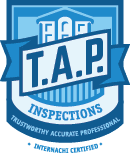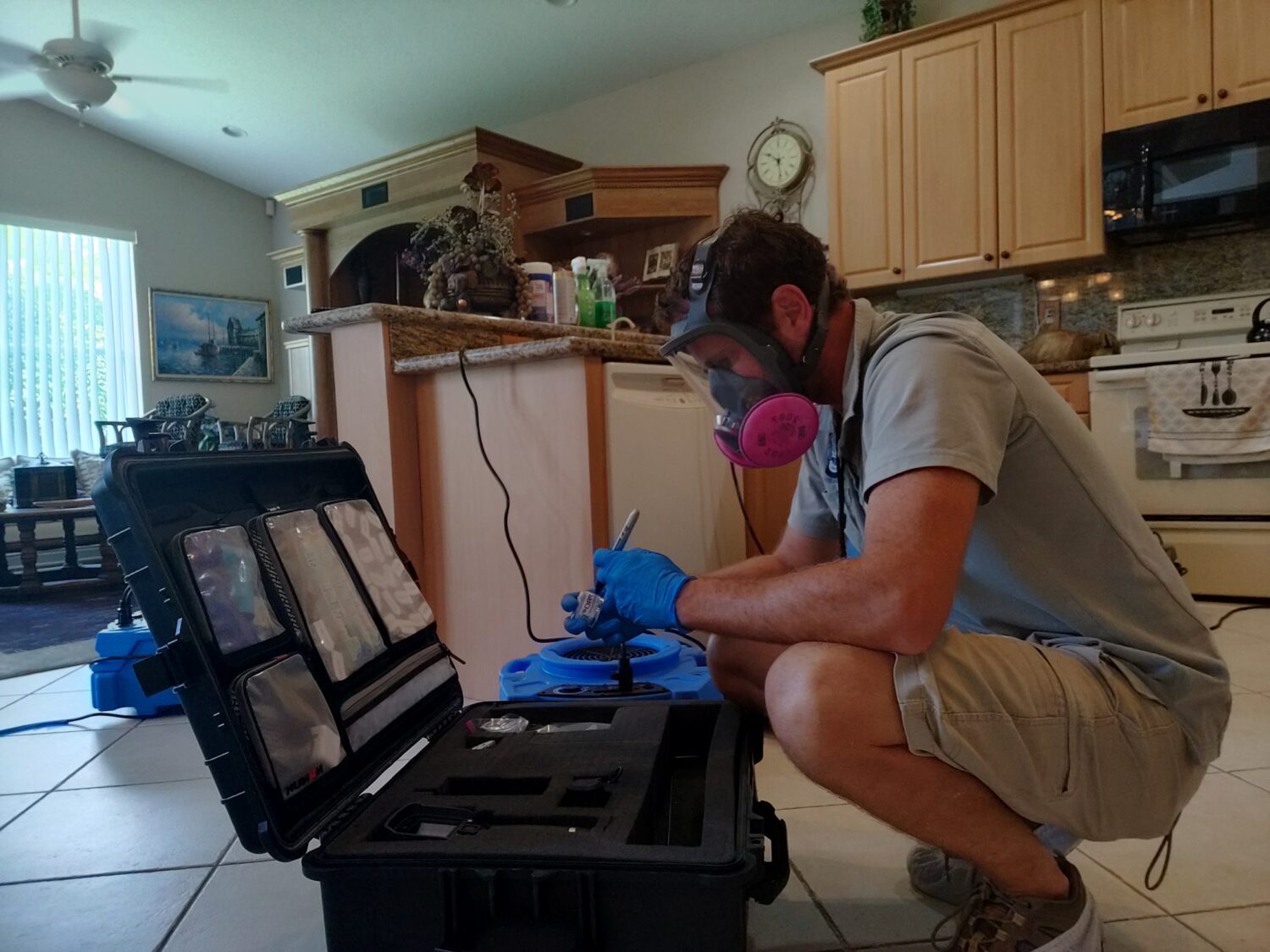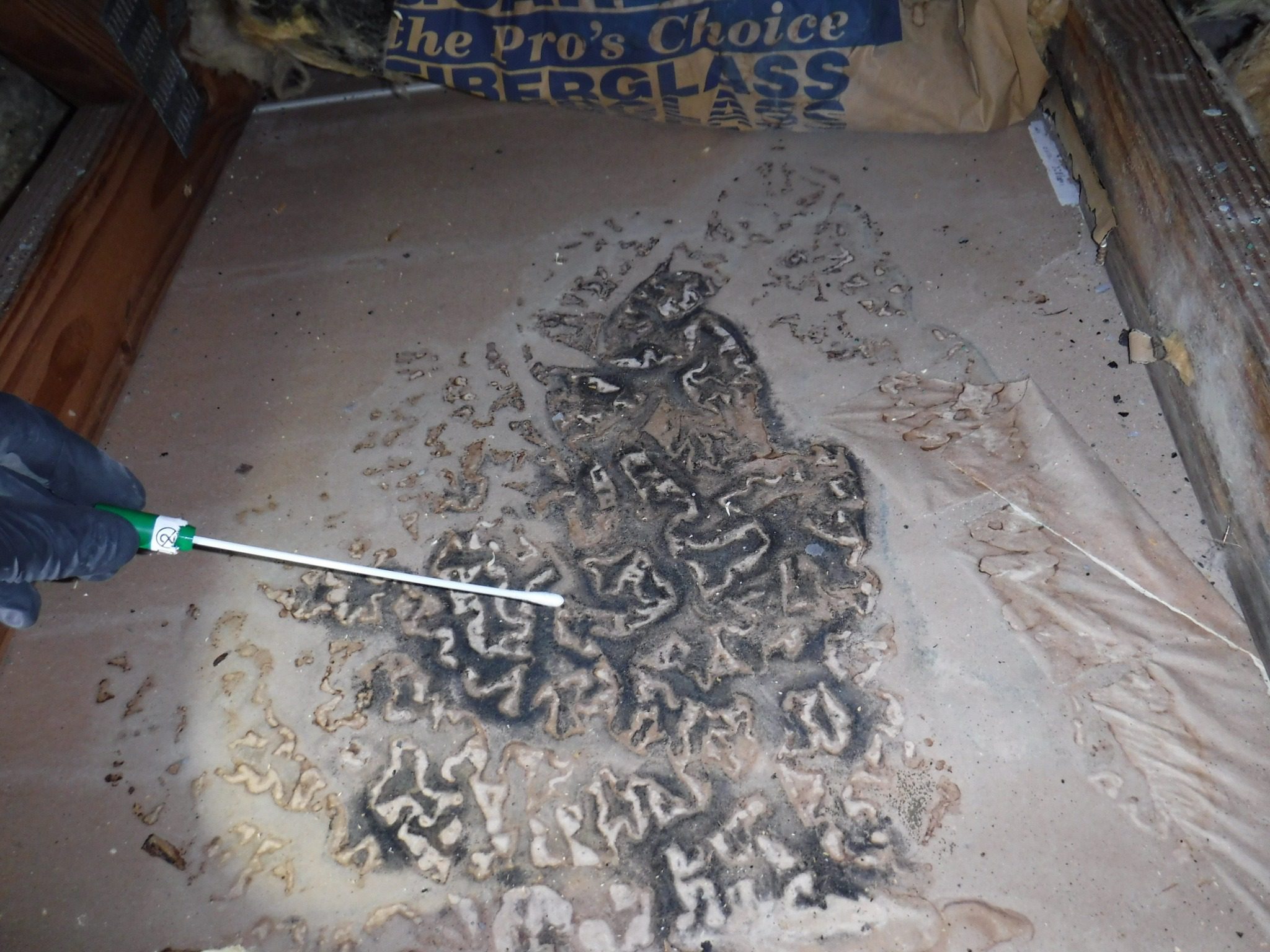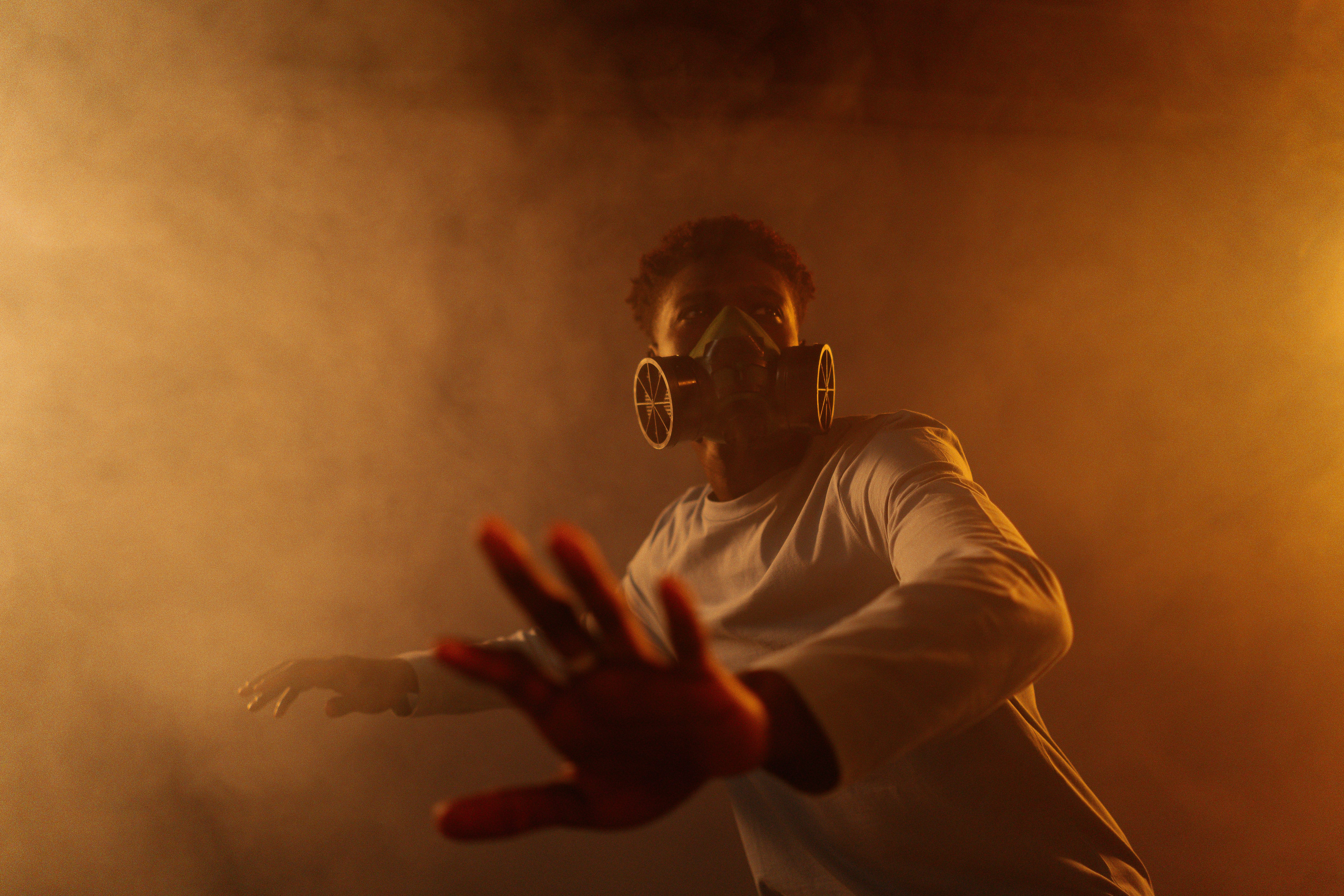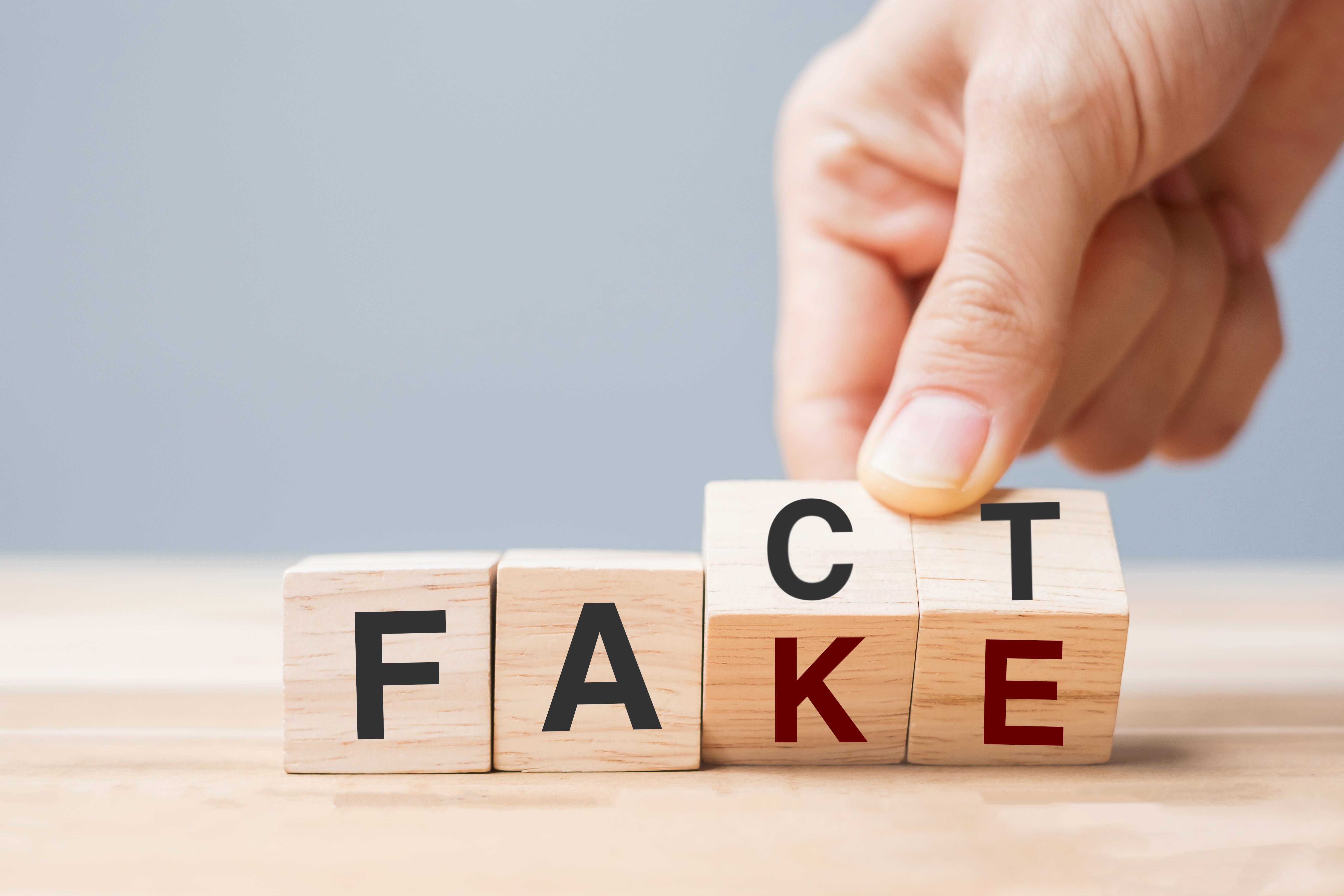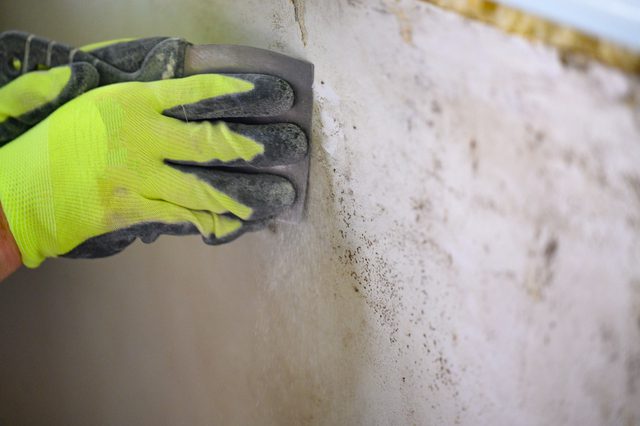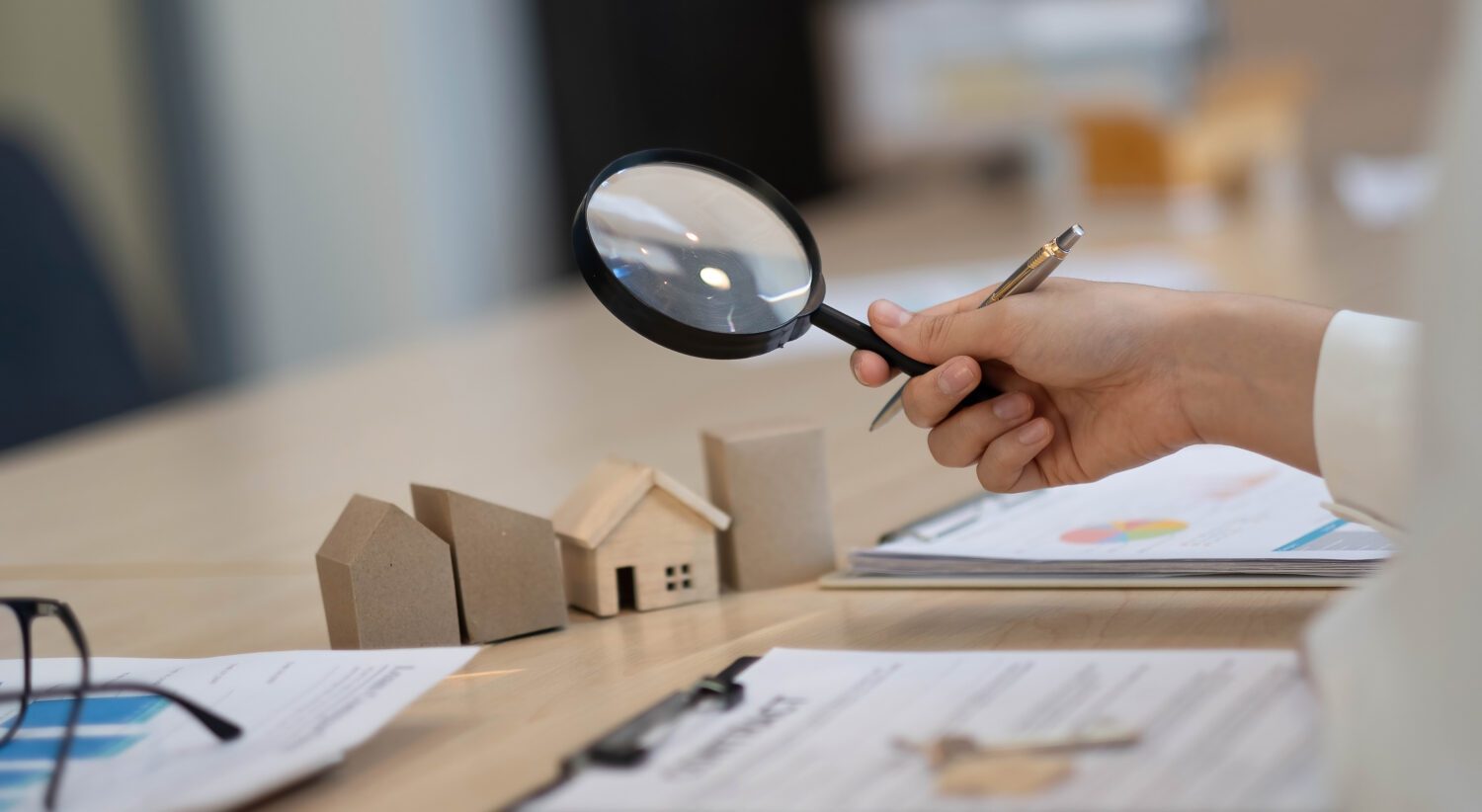Pros and Cons of DIY Mold Inspection vs. Professional Mold Inspection
When it comes to addressing mold issues in your home, you have two primary options: conducting a DIY mold inspection or hiring a professional. Both methods come with their own set of advantages and disadvantages. Understanding these can help you make an informed decision based on your needs and circumstances. Here’s a comprehensive look at the pros and cons of each approach.
Advantages of DIY Mold Inspection
- Cost Savings: One of the most compelling reasons for choosing a DIY mold inspection is the potential to save money. Professional mold inspections can be costly, often ranging from a few hundred to over a thousand dollars depending on the size of your property and the extent of the inspection required. By opting for a DIY approach, you can avoid these expenses and allocate your budget elsewhere.
- Flexibility and Convenience: Conducting a mold inspection yourself offers the flexibility to work at your own pace. You can inspect your home whenever it fits into your schedule, without having to coordinate with a professional’s availability. This can be particularly advantageous if you’re on a tight timeline or prefer to handle tasks independently.
- Immediate Response: If you’ve spotted visible mold or suspect a problem, a DIY inspection allows you to address it immediately. You don’t need to wait for an appointment or for a professional to arrive. This can be crucial if you’re dealing with a visible mold outbreak that needs prompt attention.
Disadvantages of DIY Mold Inspection
- Lack of Expertise: Mold inspection requires a certain level of expertise that most homeowners lack. Mold can be challenging to identify, especially when it’s hidden behind walls, under carpets, or in other concealed areas. Without professional training, you might miss these hidden growths, which can lead to ongoing health risks and property damage.
- Inadequate Tools and Equipment: Professional mold inspectors use specialized equipment to detect mold that isn’t visible to the naked eye. This includes tools like infrared cameras, moisture meters, and air sampling devices. Most homeowners do not have access to such equipment, which limits the effectiveness of a DIY inspection.
- Potential Health Risks: Mold can pose significant health risks, particularly if it’s allowed to grow unchecked. If your DIY inspection fails to identify hidden mold, you could be exposing yourself and your family to harmful spores. This risk is heightened if anyone in your household has allergies, asthma, or other respiratory conditions.
Advantages of Professional Mold Inspection
- Expertise and Experience: Professional mold inspectors bring a wealth of experience and knowledge to the table. They are trained to identify various types of mold and understand where it is likely to grow. Their expertise enables them to detect both visible and hidden mold issues, ensuring a comprehensive evaluation of your property.
- Specialized Equipment: Professionals have access to advanced tools and technology that are essential for an effective mold inspection. Infrared cameras, moisture meters, and air quality testers can detect mold in areas that are difficult to access or see, such as inside walls or under floors.
- Detailed Reports: After a professional inspection, you receive a detailed report outlining their findings. This report includes information on the type of mold found, its location, and recommendations for remediation. This thorough documentation can be invaluable if you need to address mold issues or negotiate with sellers if you’re buying a property.
Disadvantages of Professional Mold Inspection
- Higher Costs: Professional mold inspections can be expensive. The cost often varies depending on the size of your home, the complexity of the inspection, and the extent of mold problems. In some cases, multiple visits or follow-up inspections may be required, which can add to the overall expense.
- Risk of Incompetent Inspectors: Not all mold inspectors are created equal. While many are highly skilled and reputable, some may lack experience or professionalism. It’s crucial to research potential inspectors thoroughly and choose one with a solid track record and positive reviews to avoid issues.
Factors to Consider When Choosing an Inspection Method
When deciding between a DIY mold inspection and hiring a professional, consider the following factors:
- Size and Age of Your Property: Larger and older homes are more likely to have hidden mold issues due to factors like poor ventilation or outdated building materials. A professional inspection might be more effective for such properties.
- Visible Mold Presence: If you can see visible mold growth, a DIY inspection might suffice for identifying the extent of the problem. However, if you suspect hidden mold, professional help is advisable.
- Health Considerations: If anyone in your household has allergies, asthma, or other health concerns, a professional inspection is likely the better choice to ensure thorough detection and safe remediation.
- Suspected Hidden Mold: If you have reason to believe mold is growing in hidden areas, such as behind walls or under flooring, a professional inspection is essential. Professionals have the tools and expertise to uncover mold that’s not visible.
FAQ Section
Q: Can I effectively identify mold on my own without professional help?
A: While you can identify visible mold on your own, detecting hidden mold requires specialized equipment and expertise. If you suspect mold in concealed areas, a professional inspection is recommended.
Q: How much does a professional mold inspection typically cost?
A: The cost of a professional mold inspection varies depending on factors such as the size of the property and the complexity of the inspection. On average, you can expect to pay between $300 and $1,000.
Q: What should I do if I find mold during a DIY inspection?
A: If you find mold during a DIY inspection, it’s advisable to consult a professional mold remediation specialist. They can assess the severity of the issue and provide guidance on safe removal and prevention strategies.
Q: Are there any DIY tools available for mold detection?
A: Yes, there are some DIY tools available, such as moisture meters and basic mold test kits. However, these tools may not be as effective as the advanced equipment used by professionals.
Q: How often should I have a professional mold inspection?
A: It’s generally a good idea to have a professional mold inspection if you’re buying a new home, experiencing water damage, or noticing persistent mold-related symptoms. Regular inspections every few years can also help catch potential issues early.
In conclusion, both DIY and professional mold inspections have their pros and cons. Carefully consider your specific situation, budget, and the potential risks associated with mold before deciding which method is right for you. Whether you choose to inspect on your own or hire a professional, addressing mold issues promptly is crucial for maintaining a healthy living environment.
